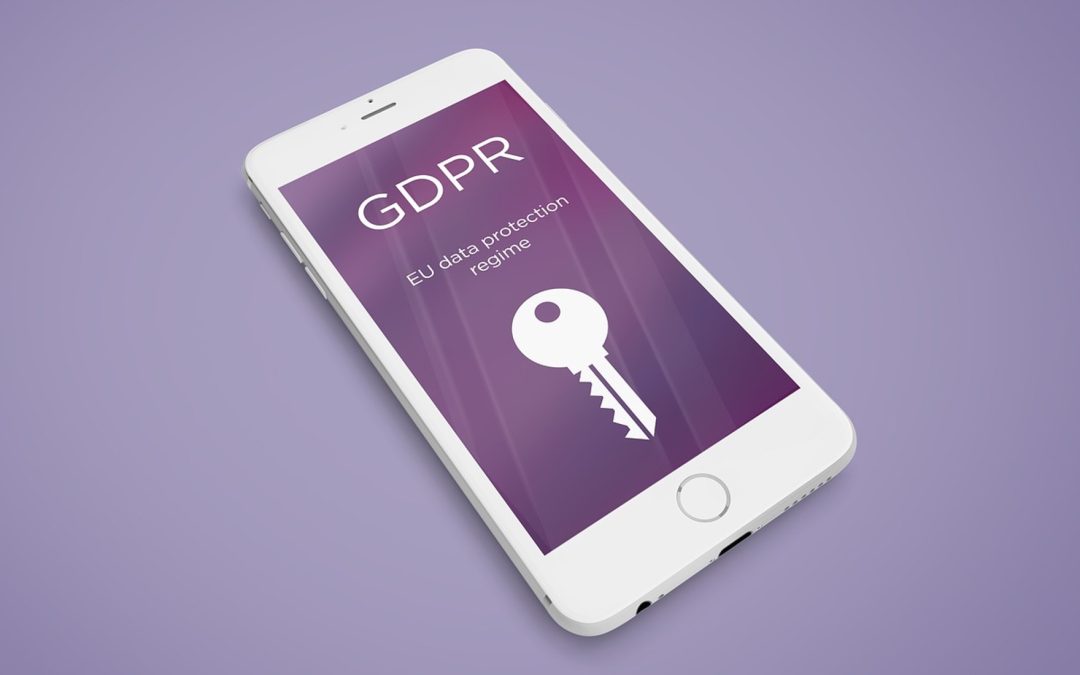In May 2018, the General Data Protection Regulation (GDPR) has become enforceable. The GDPR replaces the 1995 EU Data Protection Directive and sets out strict new rules surrounding data protection. Businesses that process or store the personal data of EU citizens must comply with the GDPR, regardless of where they are located. Failure to do so could result in significant fines. In this guide, we will provide you with all the information you need to understand GDPR compliance and how to remain compliant.
Find a GDPR Consultant
Before you can start compliance, you need to assess where your organization currently stands in relation to GDPR. Do you have a good understanding of the regulation and what it requires? Are there any areas where you are not compliant? To get started, we recommend finding a GDPR consultant who can help you assess your current state of compliance and develop a plan to become compliant. There are a number of GDPR consultants and firms offering services to help organizations with compliance. Do some research and find one that you feel confident can help you meet your specific needs.
Understand the Requirements
The next step is to gain a deep understanding of the GDPR and what it requires. The regulation is long and complex, but there are a number of helpful resources that can make it easier to understand. The European Commission’s website includes a number of useful articles and FAQs about the GDPR. The Article 29 Working Party has also published guidance on a number of topics, including data subject rights, data transfers, and security. In addition, the ICO has published a number of resources to help organizations prepare for GDPR compliance.
Develop a Compliance Plan
Once you have a good understanding of the GDPR and what it requires, you can start developing a compliance plan. This should be a living document that outlines all the steps you need to take to become compliant and remain compliant. The plan should be tailored to your specific organization and take into account your current state of compliance.
Some of the key elements of a compliance plan include:
– Conducting a data audit: You need to know what personal data you have, where it came from, and how it is being used.
– Developing policies and procedures: You need to have policies and procedures in place to ensure compliance with the GDPR.
– Training employees: All employees who handle personal data must be trained on GDPR compliance.
– Putting technical controls in place: You need to put appropriate technical and organizational measures in place to protect personal data.
– Creating an incident response plan: You need to have a plan in place for how you will respond to data incidents.
Appoint a Data Protection Officer (DPO)
Under the GDPR, organizations that process or store large amounts of personal data must appoint a Data Protection Officer (DPO). The DPO is responsible for ensuring compliance with the GDPR and can be an employee of the organization or an external contractor. The DPO must have expert knowledge of data protection law and practices and be able to effectively communicate with employees and senior management.
Create a GDPR Diary
To help you keep track of your GDPR compliance journey, we recommend creating a GDPR diary. This can be a physical notebook or an electronic document. The diary should include all the steps you have taken to become compliant, as well as any challenges you have faced. You should also use the diary to record any changes or updates to your compliance plan.
Instantly Report Data Breaches
Under the GDPR, organizations must report data breaches within 72 hours. This means you need to have a process in place for quickly identifying and reporting data incidents. You should also have an incident response plan that outlines how you will deal with data breaches. This is an area where having a DPO can be helpful, as they can lead the response to data incidents.
Be Transparent About Data Collection Motives
Organizations must be transparent about their data collection activities. This means you need to provide clear and concise information about why you are collecting personal data and how it will be used. This information must be provided at the time of data collection. In addition, you must obtain explicit consent from individuals before collecting, using, or sharing their personal data. This way, individuals can make an informed decision about whether to allow their data to be collected and used.
Follow the Principles of Data Minimization
The GDPR requires organizations to follow the principles of data minimization. This means collecting only the personal data that is necessary for the specific purpose and no more. Personal data should also be kept for no longer than is necessary. Once the personal data is no longer needed, it should be destroyed or deleted in a secure manner.
Regularly Review Your Compliance Status
GDPR compliance is an ongoing process, not a one-time event. You need to regularly review your compliance to ensure you are meeting all the requirements of the GDPR. This includes conducting data audits, reviewing policies and procedures, and training employees. You should also keep up to date with any changes to the GDPR that may impact your organization.
Get GDPR Certification
Once you have completed all the steps in your compliance plan, you may want to consider getting GDPR certified. This is not required, but it can be helpful in demonstrating to customers and partners that your organization is serious about data protection. There are a number of certification schemes available, but the most widely recognized is the EU-U.S. Privacy Shield Framework. This one is administered by the U.S. Department of Commerce and the European Commission. Also, keep in mind that certification is not a one-time event. You will need to renew your certification on an annual basis.
The GDPR compliance journey can seem daunting, but by taking it one step at a time, you can ensure that your organization is compliant with the regulations. By following the steps outlined in this guide, you will be well on your way to becoming GDPR-compliant.


